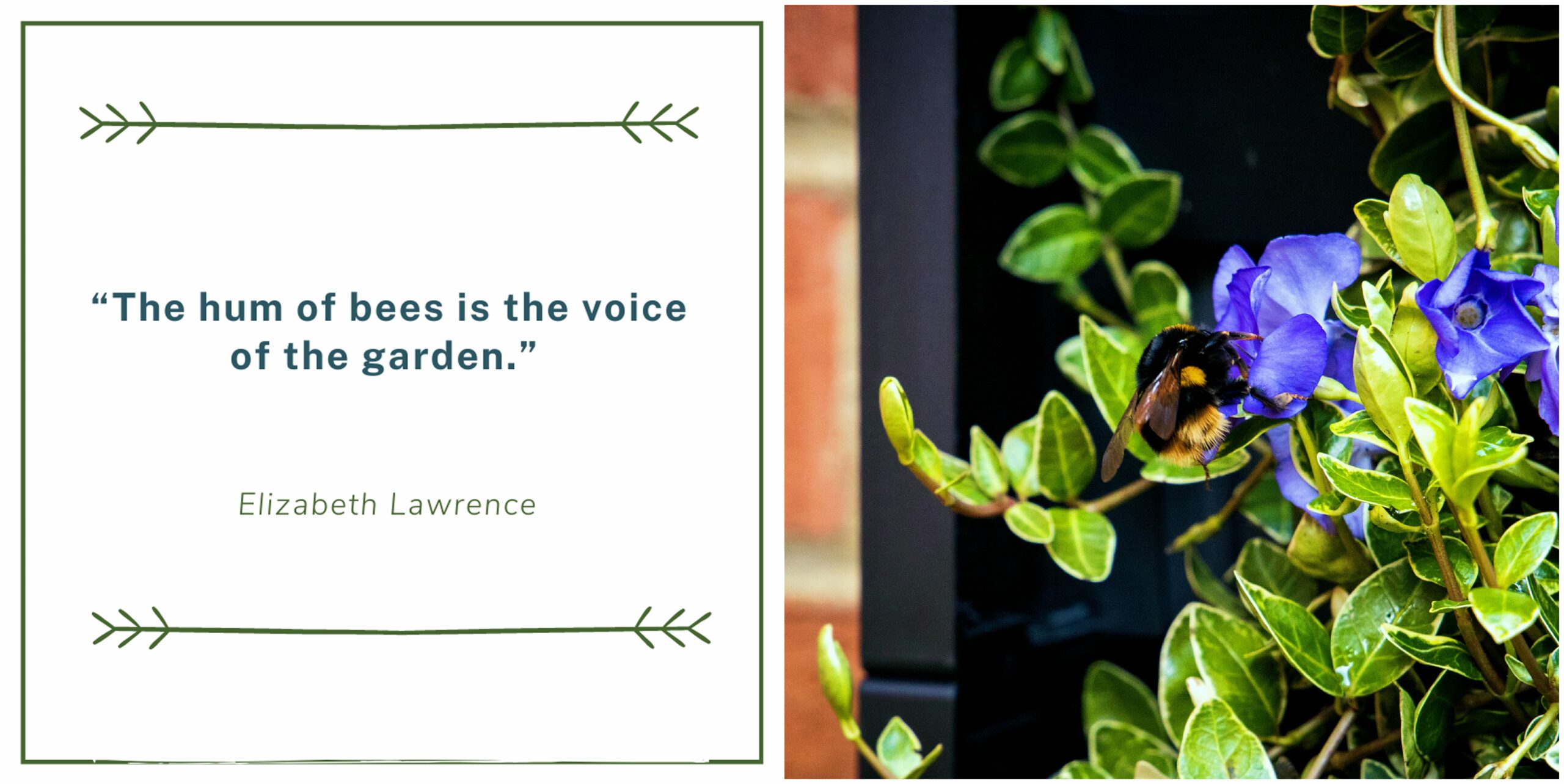
26 Jun Save Bees with a Living Wall
Bees are a vital part of our existence, as they pollinate many of the food plants we rely on. But did you know that of the 24 species of bumblebee in the UK, only 7 are now counted as common? Some are incredibly rare nowadays, with numbers declining for several reasons. One of the major problems for bees is that their habitats are shrinking. Organisations which are trying to save bees urge all of us to plant bee-friendly gardens so we can help. One garden might not sound much, but every little helps. Will a living wall save bees? Not on it’s own, of course. But a living wall provides a vertical garden where a horizontal one isn’t possible. And in urban areas where wildlife can’t find food or resting places easily, each green area it’s possible to add provides an oasis in a desert of concrete, stone and glass.
Do your bit to aid biodiversity and sustainability
Living walls are proven to increase biodiversity wherever they’re located. It’s easy to choose bee-friendly flowering plants that encourage solitary bees of many species, as well as butterflies and other pollinators. Biotecture UK, green infrastructure specialists and the originators of the PlantBox living wall system that Rosewood uses, have an interesting post about how you can indeed save bees with a living wall! Take a look at this link to the Biotecture help save bees post to read more about it.
It’s not just bees, either – a green wall increases biodiversity generally, providing food and habitat to insects, birds and even mammals – we’ve seen squirrels in our living walls before now! Spending time close to nature is something we all enjoy, and it’s amazing how plants attract animals, making an even more attractive situation for we humans. If you live in an urban setting, a living wall helps you to enjoy the hum of bees drinking nectar from the flowers even if you only have a balcony to sit on. Get in touch if you’d like to talk to us about what’s possible where you are! Call on 01727 811448, or send us a message via the Contact form.
We’re looking forward to hearing from you!

